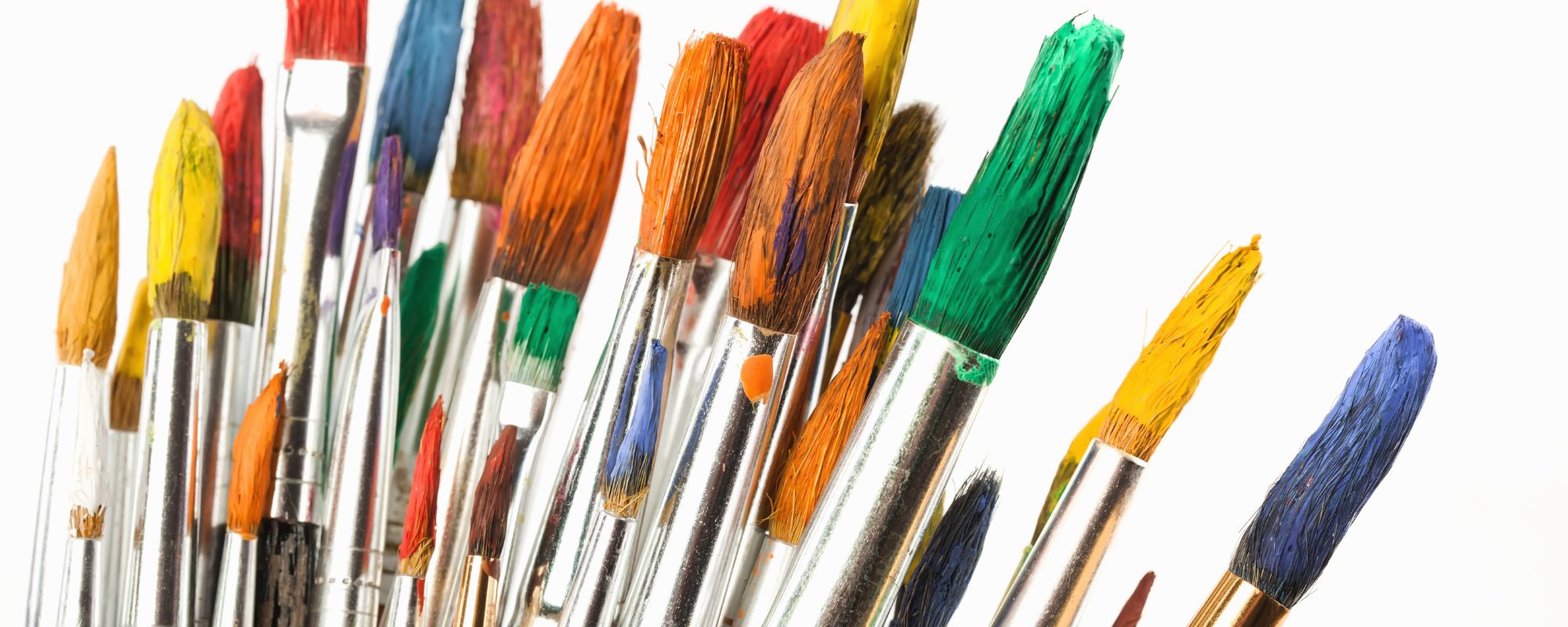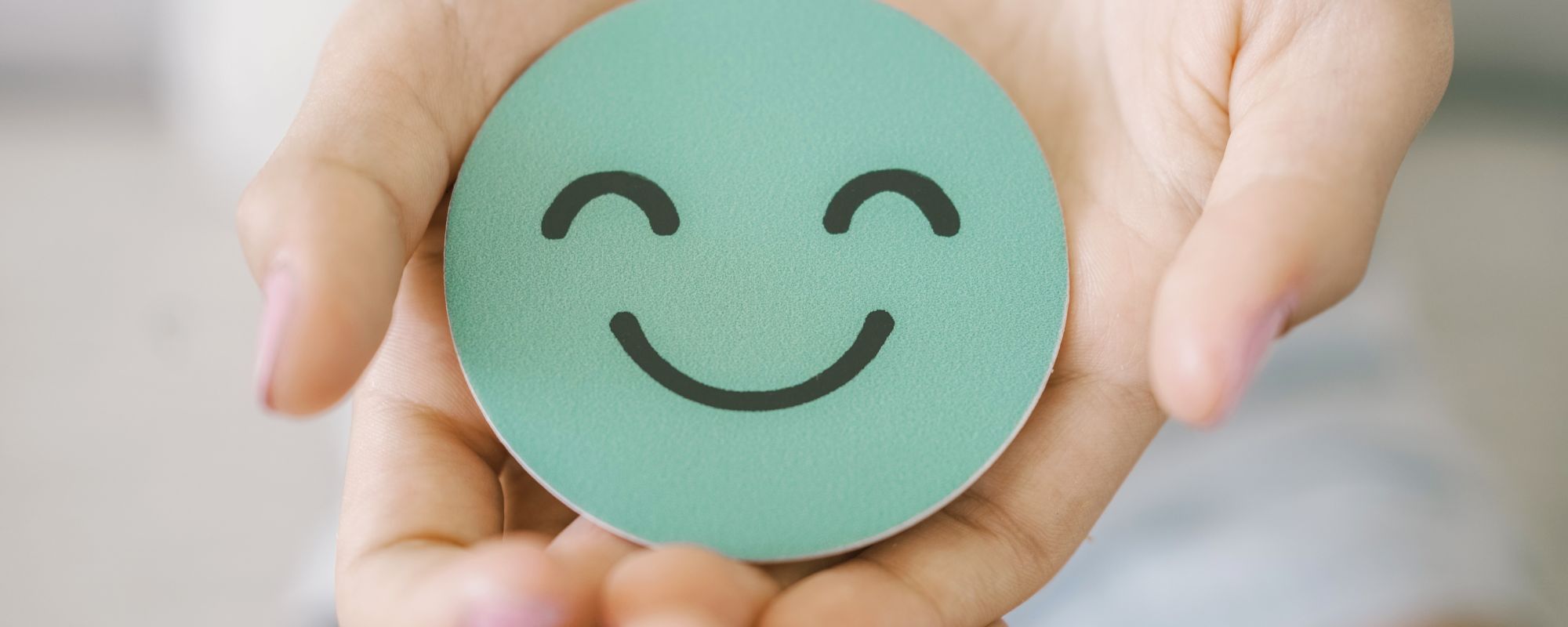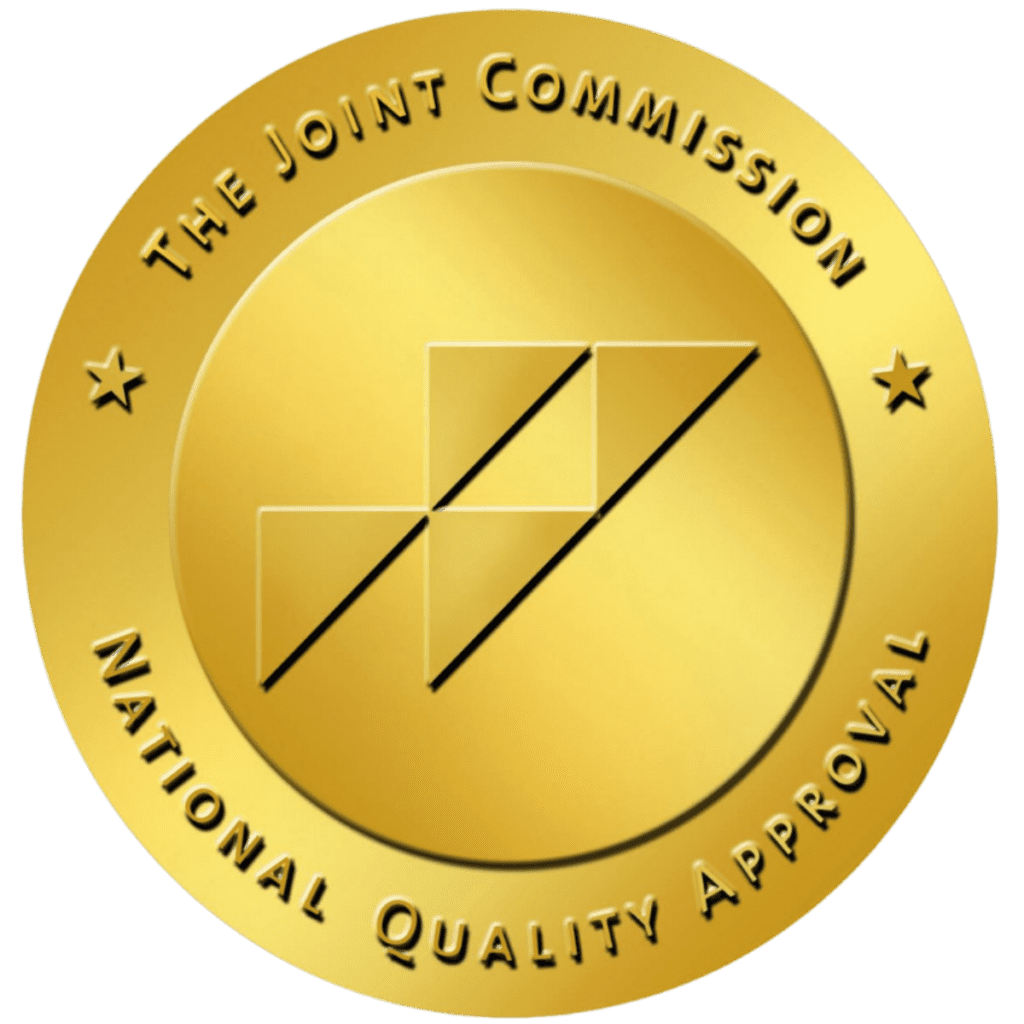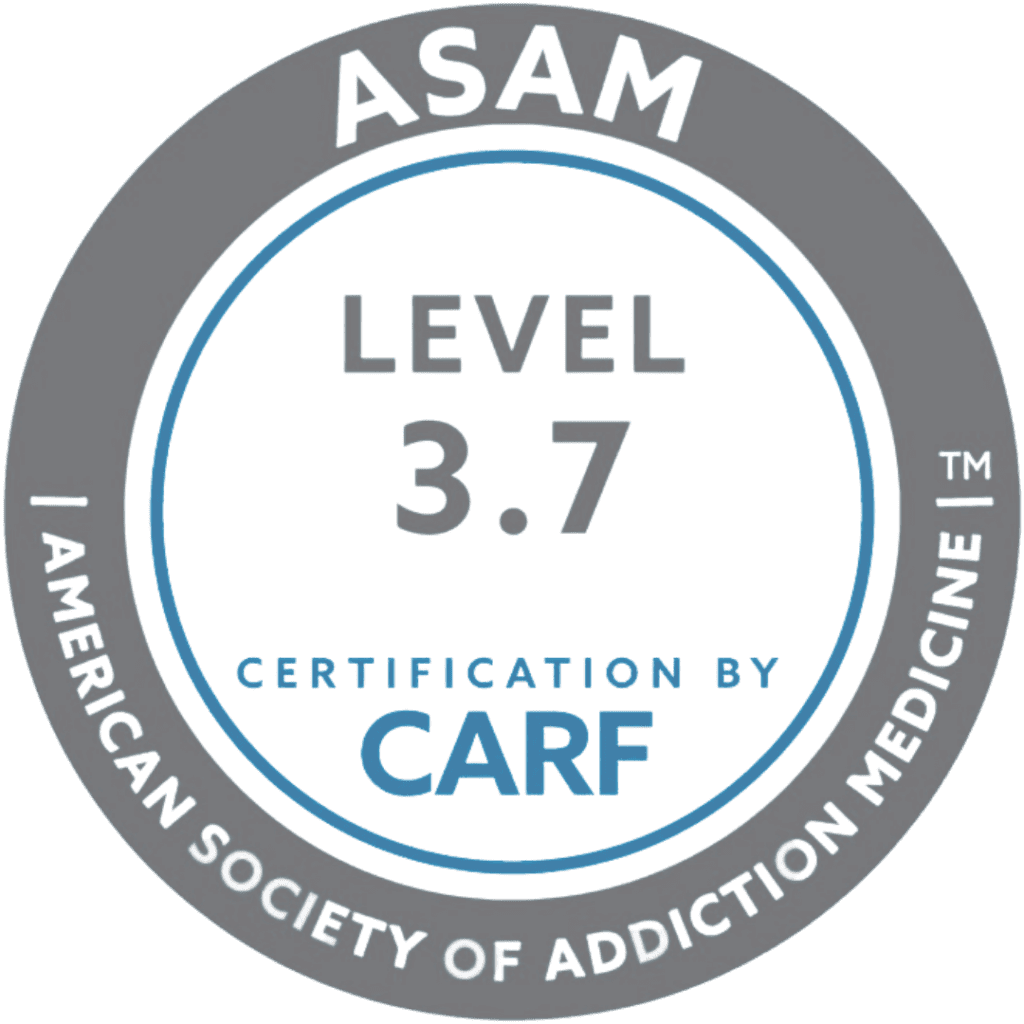Think about how you feel when you look at a painting or hear a favorite song. Where did the artist gain their inspiration from? Think about how during most of human history on our planet, people have turned to creative expression during joyous times but also during their darkest moments, finding solace and meaning through it.
Think about how although you might not think of picking up a pencil, a paintbrush, a camera or an instrument if you’ve acknowledged struggles with your mental health, creative, emotional expression and art becomes an unexpected outlet — in the vein of those artists — to capture your journey when words may fail you or you can’t adequately express them in talk therapy.
Mental health art can be a powerful, transformative tool for you, opening a window to your own recovery that might otherwise remain closed. Studies can’t fully illustrate the positive impact that a medium like mental health awareness art imparts, but one recent report notes that 78% of people struggling with mental health issues displayed marked improvement after trying art therapy.
There are many forms of artistic expression that can help you heal and bolster your mental health journey — and even reveal hidden talents you may discover along the way. Keep reading on about mental health, art or healing to learn more.
What Is Art Therapy?
Art therapy for mental health is a special, purposeful technique that fosters creative expression as a pathway to healing, whether it’s for treating mental illness, substance abuse or both. Its roots in the U.S. date back to 1942, when it was recognized as a therapeutic tool to help people in treatment understand, express and reconcile their thoughts and feelings.
“Art therapy can help people express themselves more freely, improve their mental health and improve interpersonal relationships,” notes a 2022 study.
When you sign up for mental health treatment, you’ll naturally have the opportunity to engage in talk therapy, either one-on-one with a counselor or psychologist, in a group setting with others in treatment, or both. But you’ll also have the chance to sign up for expressive art therapy sessions, too, as a complement to your regular therapy.
At its core, art therapy for mental health focuses on nonverbal communication, ideal for people who might be reluctant, shy or unsure how to verbally articulate their issues in a talk therapy session, at least initially. Therapy might be something new for you, or maybe you’ve never been able to speak about your experiences with depression, trauma or the like.
“Art therapy lets you express feelings you can’t find words to explain,” notes website Mind.org. “You talk through the image with your therapist and communicate through it, taking the pressure off.”
Positive mental health art gives you the chance to address these underlying issues through creativity. In a session, you’ll work with an art therapist to give shape to these thoughts and feelings as they guide you through the process in your medium of choice.
Even if you’re comfortable with talk psychotherapy, mental health art is invaluable as a purely cathartic exercise while you process and work through the nuances of your own story.
Looking for quality treatment for substance abuse and mental health that’s also affordable? Aliya Health Group's treatment facilities accept most major insurance providers. Get a free insurance benefits check now!
Check Your CoverageWhat Can Art Therapy Treat?
Art therapy for mental health is proven effective to help an assortment of common conditions:
Art Therapy for Anxiety
Anxiety disorders are one of the most common conditions found among 40 million adults each year. We all experience anxiety now and again, but with conditions like generalized anxiety disorder, panic disorder or stress disorder, symptoms — like racing thoughts, persistent fear or dread in normal situations, or panic attacks — can consume one’s daily functioning.
If you suffer from an anxiety disorder, it welcomes the chance to channel these moments through art. For many people, the simple of act of creating something is enough to cultivate mindfulness and bring some semblance of calm to an anxious mind, positive outcomes that translate into subsequent art and talk therapy sessions. Studies show that a dozen art therapy sessions help the emotional dysregulation of an anxiety disorder — effects that remain in place after a 3-month follow-up.
Art Therapy for Depression
Depression is intricately linked to anxiety in more ways than one. Even when you haven’t been diagnosed, it’s easy to relate to the symptoms. In fact, about 21 million adults have experienced at least one depressive episode, notes the Depression and Bipolar Support Alliance. One symptom of depression is a sense of disconnectedness — not just from others, but yourself — and a loss of meaning in the things that once brought joy.
Painting through the pain is truly and seamlessly one of the mental health art ideas that can unearth the brightness that depression can bury. You might take a camera and begin snapping photos of the candid scenes in nature that bring sunshine to the gray cover that depression casts. Or you might journal and elucidate hopefulness when life seems hopeless. Through art, uplift yourself away from depression to the ideal place you see yourself.
Art Therapy for Trauma
Seventy percent of adults (more than 223 million people) in the U.S. have experienced some sort of traumatic event at least once, according to the National Council for Behavioral Health. It can originate from childhood/sexual/physical/emotional abuse, accidents and natural disasters, exposure to war, or suffering loss. Pent-up, deep-seated trauma that becomes a disorder can leave emotional scars that are difficult to put into words.
Mental health art therapy aims to help you revisit traumatic memories at your own pace, creating your own safe space to process traumatic memories, sensations or feelings you’ve been unable to speak about. Studies show that mental health art is indispensable as a complement to regular trauma therapy and even mimics some of the same outcomes — art making, notes one report, is said to involve bilateral stimulation, a key component of EMDR, or Eye Movement Desensitization and Reprocessing, a popular trauma therapy.
Types of Art Therapy for Mental Health
The beauty of mental health art therapy is that no one single medium or approach is better than another. There is no “better” in art or art therapy — just different shades of expressiveness that invite alternative ways of communication that transcend the limitations of verbalized language, notes the American Art Therapy Association.
“Art therapy engages the mind, body and spirit in ways that are distinct from verbal articulation alone,” notes the group.
Painting or Drawing
Visual arts like painting and drawing create immediate, fluid pathways to express yourself since they tap into parts of the psyche that may be harder to explore in talk therapy due to traumatic memories or repressed feelings. Some sessions may be freeform, where your therapist asks you to paint or draw what comes to mind in the moment. Other times, you might focus on a particular emotion, experience or mental narrative.
On a canvas or paper, there are no rules. You might reach for watercolors and find the combination of shapes and forms you create flow in unexpected, abstract ways — and soon, some of the pieces of past, unresolved trauma begins to mentally fall into place. Or you might try sketching with pencil, charcoal or marker to draw anything from simple lines to something more detailed. Step back and consider what it represents. You may find that certain colors or patterns repeat, offering insight into emotions you might not have been fully aware of.
Photography
When you draw or paint, a canvas is a blank slate to tap into your own wellspring of creativity. Photography is also a visual medium, with a distinct difference: you’re capturing what already exists in the world but with your own perceptive filter in place. Depression, anxiety or behavioral disorders can send one’s internal focus off track, but through a camera lens, you gain a literal new perspective.
Pick up a camera and start looking through the viewfinder. What piques your curiosity? What looks interesting or inspiring to you? Embark on a nature walk or venture through the city. Snap what you see. Taking photos allows you to slow down and observe your environment — and yourself — differently. You might find yourself drawn to snapping pictures of textures, faces, nature or street scenes that reflect how you’re feeling in the moment. Through visual arts therapy, your images can then become a starting point for conversation and reflection.
Music and Dance Therapy
Not all art is visual, and you may find that other modes of expressive arts therapy, like music or dance and movement therapy, also speak to you in profound ways, reaching emotional states below conscious awareness that might be difficult to mine during psychotherapy.
Music therapy can look however you want it to look. You might listen to certain pieces of music, hit a drum, sing or even write your own lyrics. The vibrational and auditory power of sound means you feel it in your body, a vehicle to release pent-up emotions, tensions or trauma deeply rooted inside. Your therapist will analyze your verbal and nonverbal responses, helping them understand your emotional state and tailor the session.
Likewise, dance therapy encourages you to use your body as a way of processing and expressing emotions. In a group session, every participant might move their bodies differently, releasing the emotions, tensions, past experiences and trauma we hold inside ourselves. Music and dance are ways to reconnect with your body, your mind and your soul. Unlike a conventional dance class, the focus is on authentic expression in the moment rather than technique or performance.
Get confidential help from our addiction and mental health treatment facilities located across the United States. Call to join one of our quality programs today!
Speak With Our Admissions TeamI’m Not Good at Art, Can I Still Do Art Therapy?
Art therapy is for everyone.
You don’t need to be a painter, writer, photographer or musician to pursue art therapy. One of the biggest misconceptions about art and mental health is that you need some modicum of artistic skill or aspiration to benefit from art therapy. And this simply isn’t true. There is no “good” or “bad” in art therapy — just pure expression.
Art therapy’s value resides in the process, not the finished product. In fact, sometimes the most meaningful art can appear ambiguous, messy or unfinished. And that’s exactly what makes art therapy so vital, because the journey to recovery is never a cut-and-dried process. Emotions, thoughts and mental health symptoms often manifest themselves in enigmatic, intangible ways that need translating through the language of art therapy.
In art therapy, your therapist is trained to help you overcome any fears or hesitations you may have about drawing, painting, body movement or the like. What matters most is how the act of creating helps you process emotions, gain insights and move forward and onward.
What Is the Connection Between Creativity and Mental Health?
How does art help mental health? When you combine emotional expression and art, you literally wake up parts of the brain that aren’t regularly or actively engaged during day-to-day conversation — a testament to the undeniable uniqueness of creativity.
Research shows that artistic and musical engagement activates multiple brain regions simultaneously, potentially creating new neural pathways. It also shows, in several examples, that art therapy helps to reduce stress and lower cortisol levels, a stress hormone.
Poor mental health also results in poor emotional health. They may become compartmentalized, neglected, misdirected and dysregulated. The creative processes of art therapy for mental health work to explore, examine, reconcile and resolve one’s emotions, helping to make sense of them during turbulent moments.
Most of all, engaging in creative outlets of any kind, in a therapeutic environment or on your own, fosters a sense of meaning and accomplishment. Whether it’s a drawing, a journal entry or a photo collage, you’re honing new skills with positive mental health art that validates a renewed sense of self.
Benefits of Mental Health Art Therapy
On its own or in tandem with traditional psychotherapy, mental health awareness art can be a catalyst for personal change:
Decrease in Symptoms
In a true, measurable sense, mental health art is proven in a variety of studies to show a reduction in symptoms in people struggling with various disorders, particularly depression, anxiety, schizophrenia and trauma. “Art therapy emerges strongly as a way to enhance their quality of life and their ability to cope with a variety of psychological symptoms,” notes one study from 2018.
Improved Self-Esteem
Do you remember a time when you built something or solved a problem on your own? Mental health art therapy fosters the same sense of mastery and accomplishment. Starting an art project, taking ownership of it, steering it in the direction you want it to go and putting your emotions — good and bad — onto a canvas or into a sculpture can boost your self-esteem and confidence. Just the act of creating something, no matter how big or small, is enough to counteract the senses of hopelessness or doubt that depression or anxiety instills. Positive mental health art reinforces the ability within you to take risks, try new things and honor your own artistic voice.
A Safe Outlet to Process Emotions
Art therapy for mental health can be like traveling down an unpredictable path. You never know what types of turns or changes you may take when painting, drawing or during music therapy. The beauty of creativity is that there’s no set, concrete path. But if there’s one constant, it’s that art therapy is a vessel to safely meet and interact with difficult feelings. You can project your feelings — anger, happiness, grief, joy, despondency, calm, anxiety — onto a canvas without fear of judgment. You can process painful moments at a safe distance but also get closer to reflect upon them (and happier emotions) when you choose. And your therapist is there every step of the way to engage with your feelings gradually.
Improved Emotional Regulation
Studies show that 40% to 70% of all mental disorders are characterized by emotional dysregulation. It’s a primary trait of conditions like borderline personality disorder, where the disconnect between one’s emotions and behaviors can lead sufferers to act and react in irrational, harmful ways. Art therapy for mental health is meant to act as a compass to guide — and regulate — one’s emotions in the right direction, creating an ability to manage your feelings without being controlled by them. Research also indicates that people who engage in art therapy are more likely to control their emotions and stay calm in stressful situations, a type of mindful awareness known as cognitive reappraisal.
Professional Art Therapy for Mental Health Near Me
Can art therapy be the very thing that makes the most sense when symptoms of mental illness cloud your clarity? Think of the creative process as literally paving your own road to recovery as you go. Exploring mental health art with a compassionate art therapist by your side is more than a way to improve mental health and assuage symptoms. Reconnect with yourself, express what’s hard to say and forge a new way forward.
Make sure a professional mental health provider who offers art therapy has the right credentials and experience treating your specific health concerns. (After signing up for treatment, you’ll have the chance to receive an official diagnosis.) See if art therapy for mental health is also incorporated alongside other modalities, like evidence-based psychotherapy and holistic treatment.
If you have questions about mental health art or what treatment through Aliya Health entails, we’re on hand 24 hours a day, seven days a week, 365 days a year. We’re happy to hear from you, so contact us at your convenience and take charge of your mental health.
- https://www.blackalphabet.org/post/the-transformative-power-of-art-therapy-insights-and-statistics
- https://psycnet.apa.org/record/2016-25095-001
- https://www.psychology.org/resources/what-is-art-therapy/
- https://www.mind.org.uk/information-support/drugs-and-treatments/talking-therapy-and-counselling/arts-and-creative-therapies/#:~:text=Art%20therapy%20involves%20using%20art,Feel%20more%20comfortable%20in%20therapy
- https://adaa.org/understanding-anxiety/facts-statistics
- https://www.dbsalliance.org/education/depression/statistics/
- https://www.thenationalcouncil.org/wp-content/uploads/2022/08/Trauma-infographic.pdf
- https://arttherapy.org/about-art-therapy/
- https://www.frontiersin.org/journals/psychology/articles/10.3389/fpsyg.2019.01203/full
- https://www.musictherapy.org/assets/1/7/FactSheet_Music_Therapy_and_Addiction_Treatment_2021.pdf
- https://pmc.ncbi.nlm.nih.gov/articles/PMC5836011/
- https://www.psychologytoday.com/us/blog/how-do-you-know/202405/art-as-emotion-regulation
- https://pmc.ncbi.nlm.nih.gov/articles/PMC9472646/
- https://www.frontiersin.org/journals/psychology/articles/10.3389/fpsyg.2021.686005/full
- https://www.frontiersin.org/journals/psychology/articles/10.3389/fpsyg.2018.01531/full
- https://www.nature.com/articles/s41598-019-42018-y















